- Carla van Lunn, Soul Song collection, batik cap and batik tulis on cotton, 2019, photographer Merilyn Smith
- Wahyu Subiyantoro on Madura Island holding his batik tulis on silk, 2020
- Wahyu Subiyantoro, ODI collection, batik tulis on silk, 2019, photographer Merilyn Smith
- Carla van Lunn, batik tulis cotton dress, 2019, photographer Merilyn Smith
- Carla van Lunn, batik cap cotton dress, 2019, photographer Merilyn Smith
Carla van Lunn collaborates with the creator of striking bold Madurese batik.
(A message to the reader.)
My relationship with Wahyu Subiyantoro, the softly spoken, genteel batik designer from Surabaya, began when I travelled to his city for work in 2018. I was leading training courses for Indonesian fashion and textile entrepreneurs for the Australian Department of Foreign Affairs and Trade. Thanks to the then recent establishment of an Australian Consulate General in Surabaya, I had the fortune of running a training program in this port city of East Java. Wahyu was one of the program participants.
The last afternoon of the program I learnt that Wahyu and another participant were heading to a batik exhibition and I accepted the invitation to join them.
After my long journey from Brisbane (via Singapore), three intense workshops days and evening social engagements, I was ready to buy some batik souvenirs, grab a bite, and crash into the big soft hotel bed. But Indonesia always has the knack of challenging my efficient and transactional Australian approach.
After catching up in the hotel lobby and then inching across town in thick traffic, we finally arrive at the exhibition. It is like a tradeshow held in a shopping mall. I dive into buying cushion covers, a batik shirt for my husband and maybe napkins, a tablecloth. Wahyu is surprised by my impulsive approach. He asks if I’m in a hurry. He questions the quality and price of the items I want to buy and speaks at length with the stallholders. In my mind, I can’t go wrong. Everything is exotic and affordable by Australian standards.
Wahyu is the local host so I settle into a methodical tour of the exhibition and long conversations with the sellers which I don’t understand. I imagine they are discussing business, batik designs, news from the village. Wahyu teaches me about the exuberant quality of batik from the North coast of Java, the bright colours and lotus flowers found in Chinese style batiks, the “pagi-sore” (morning-evening) reversible style of sarong designed to be worn in two ways and developed during the Japanese WWII occupation when fabric was scarce.
After the exhibition, we traipse to a department store, more boutiques, more long conversations with sellers while unfurling and admiring their fabrics. We drive across town again to a famous batik shop, where I finally receive Wahyu’s blessing to buy my husband a batik shirt. Our evening ends in the food court of yet another shopping centre, at a brightly lit Australian halal steak restaurant. By then I’ve embraced the long days and the modern multicultural mash-up that is Indonesia.
After my time in Surabaya, Wahyu and his fellow course participants travelled to Australia for a two-week training program. I instructed everyone to bring samples of their products and Wahyu brought a backpack full of magical hand-drawn batik scarves. These large silky squares seduced every woman who saw them with their lyrical graphic patterns. Compared to more traditional batik motifs, they had a contemporary and free-flowing style. The motifs were large and bold. The colour combinations were striking and elegant such as black and white, or rich mahogany—like Javanese furniture.
Wahyu’s work draws inspiration from Art-Nouveau and Art-Deco, Javanese tradition, and indigenous art, including Australia’s. He taps into the cosmic patterns and the ancient exchange between Australian Aboriginal art and Indonesian batik.
Before turning his hand to batik and fashion design, Wahyu had a 14-year career at a cigarette company. While working for Phillip Morris International as a regional sales manager, he was stationed on Madura Island, off the north-east coast of Java. He became known locally as a batik collector and started spending hours after work in conversation with batik community leaders, developing designs and finding inspiration in batik coffee-table books he bought from airport bookstores. Wahyu has since become a mentor for the Pamekasan batik community on Madura Island, helping the artisans to develop and refine their work for the mainland market.
- Wahyu Subiyantoro, batik tulis on silk detail, 2020
- Wahyu Subiyantoro, batik tulis on silk, 2018
- Wahyu Subiyantoro, ODI collection detail, batik tulis on silk, 2019 photographer Merilyn Smith
- Batik stamp making and printing process, Java, 2019
- Hand drawn batik process, Madura Island, 2019
Madurese have a reputation for being tough and loud. Their traditional batik is very expressive and free-spirited compared to Central Javanese batik. Madurese batik artisans can draw their designs with wax directly onto fabric, without stencilling the design in pencil first, as is normal practice in Central Java. Madurese people also love bold colours and loud colour combinations. It was perhaps these bold and free-spirited qualities of the batik that led me to contact Wahyu when I wanted to create some of my own designs.
I have a fashion background and ever since my first trip to Central Java in 2014, I wanted to design some batik fabric, something with a more Western fashion flavour. While I adore all Indonesian batik, I felt there was great potential to create new batik designs for an international fashion market.
In 2019 I finally scratched the itch. I didn’t have the time and resources to travel to Indonesia to work directly with batik artisans, but I reached out to Wahyu on WhatsApp for advice. Since then we have become international collaborators; he manages the production of my designs with artisans on Madura, and I have been able to promote and present his beautiful batiks in Australia.
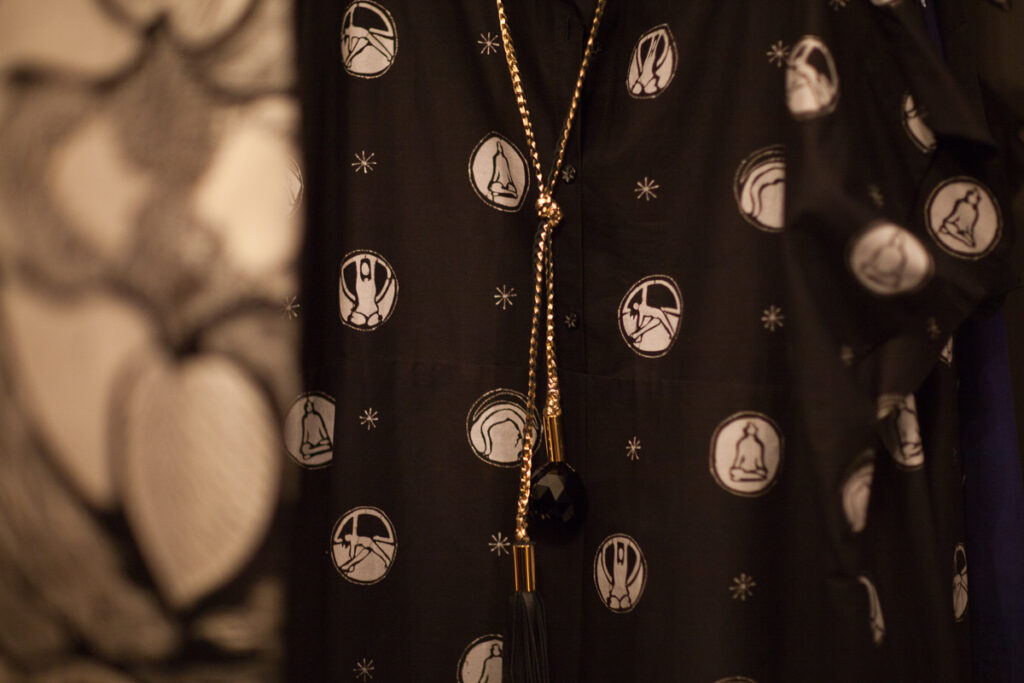
Carla van Lunn, Soul Song collection detail, batik tulis on cotton, 2019, photographer Merilyn Smith
My first fabrics were printed on cotton. The designs were created with fashion garments in mind, rather than sarongs or scarves. The prints repeat themselves in a regular pattern but retain the irregular quality of hand-printing. One black and white design features moons and stars and women in yoga poses. It signifies the unity of women’s bodies with nature’s rhythms, and union of the individual soul with the universal soul. This batik print was entirely hand-drawn by women.
My second print design was a hand-stamped batik, with copper printing blocks known as a cap created from my illustrations. This indigo coloured print depicts Isadora Duncan as a channel, dancing in a waterfall of energy from the universe. The garments I created from the fabrics also mirror these concepts. The moon dress is constructed with curves and crescent shapes, and the dancer dress flows with classical-inspired draping.
A highlight of my creative collaboration with Wahyu has been staging a batik event in Brisbane titled, “Beauty Beyond Bali” in the stately setting of The Brisbane Club. I gave a presentation over dinner, providing the audience with insight into the process and significance of Indonesian batik, and telling the story of Wahyu’s and my own work. Videos of the artisans drawing and block printing were shown while caps (copper blocks) and cantings (batik pens) were passed from hand to hand. The finished batik pieces were beautifully styled on models who wandered through the tables for guests to touch and see the fabrics in a more intimate way than a traditional fashion show.
Although the fashion world is overflowing with excess product, I have found deep joy in creating and sharing fabrics and fashion that are imbued with soul from an Island in Indonesia.
Wahyu and I both find purpose in our creativity and the community it creates. I’ve come a long way since my impulsive batik shopping days in Surabaya.
Author
 Carla van Lunn is a designer and fashion diplomat based in Brisbane, Australia. She teaches fashion design and sustainability at the Queensland University of Technology. Carla’s ambition is to share the beauty and wonder of Indonesian batik with a wider international audience.
Carla van Lunn is a designer and fashion diplomat based in Brisbane, Australia. She teaches fashion design and sustainability at the Queensland University of Technology. Carla’s ambition is to share the beauty and wonder of Indonesian batik with a wider international audience.

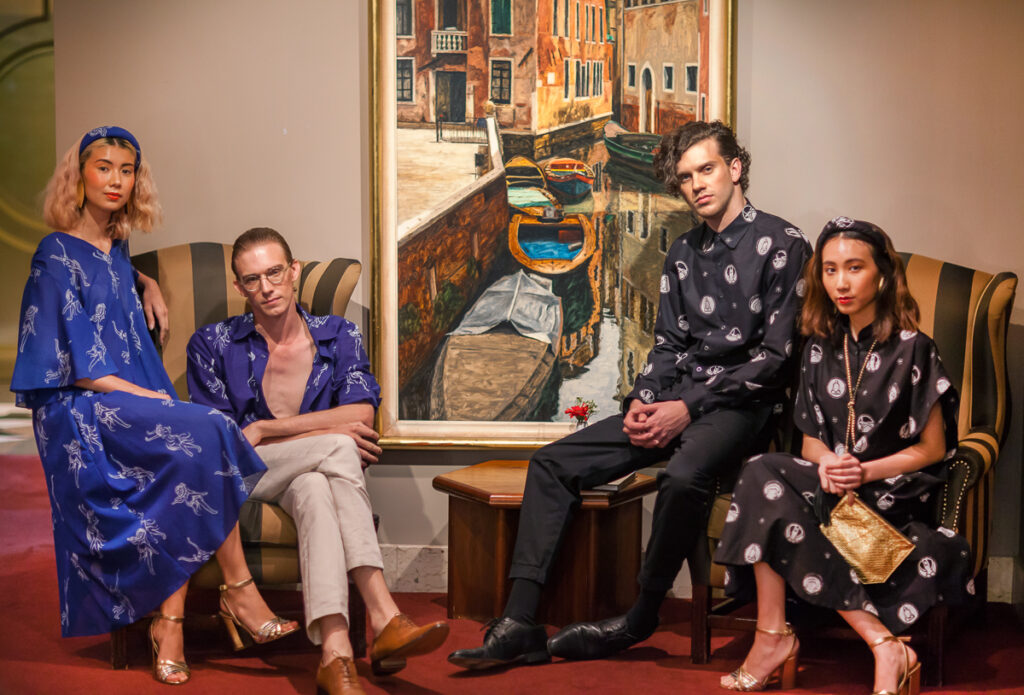
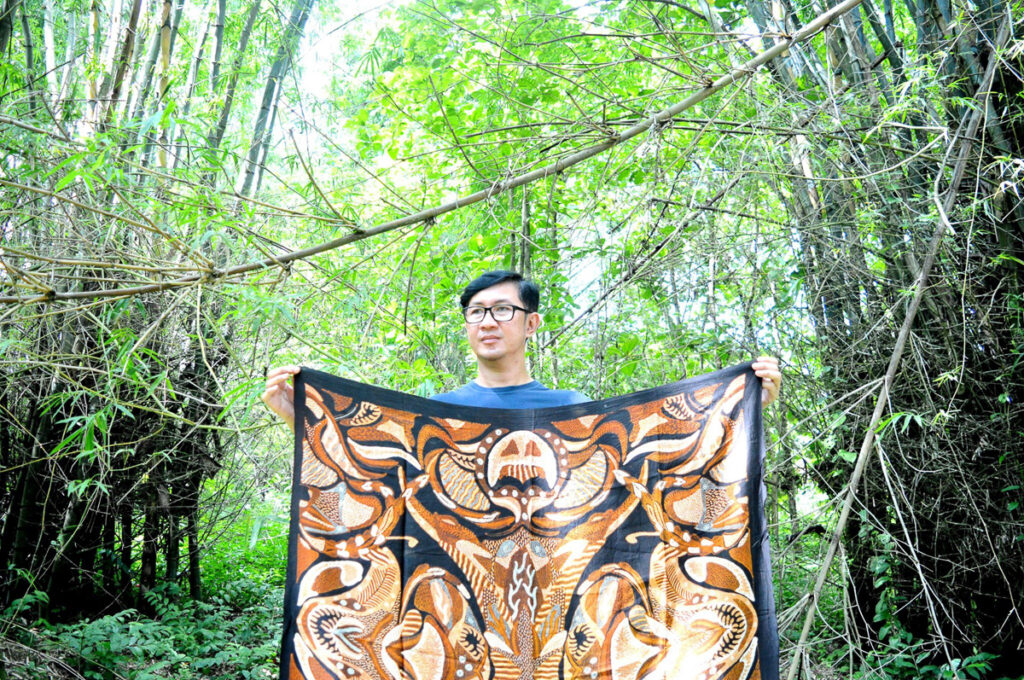
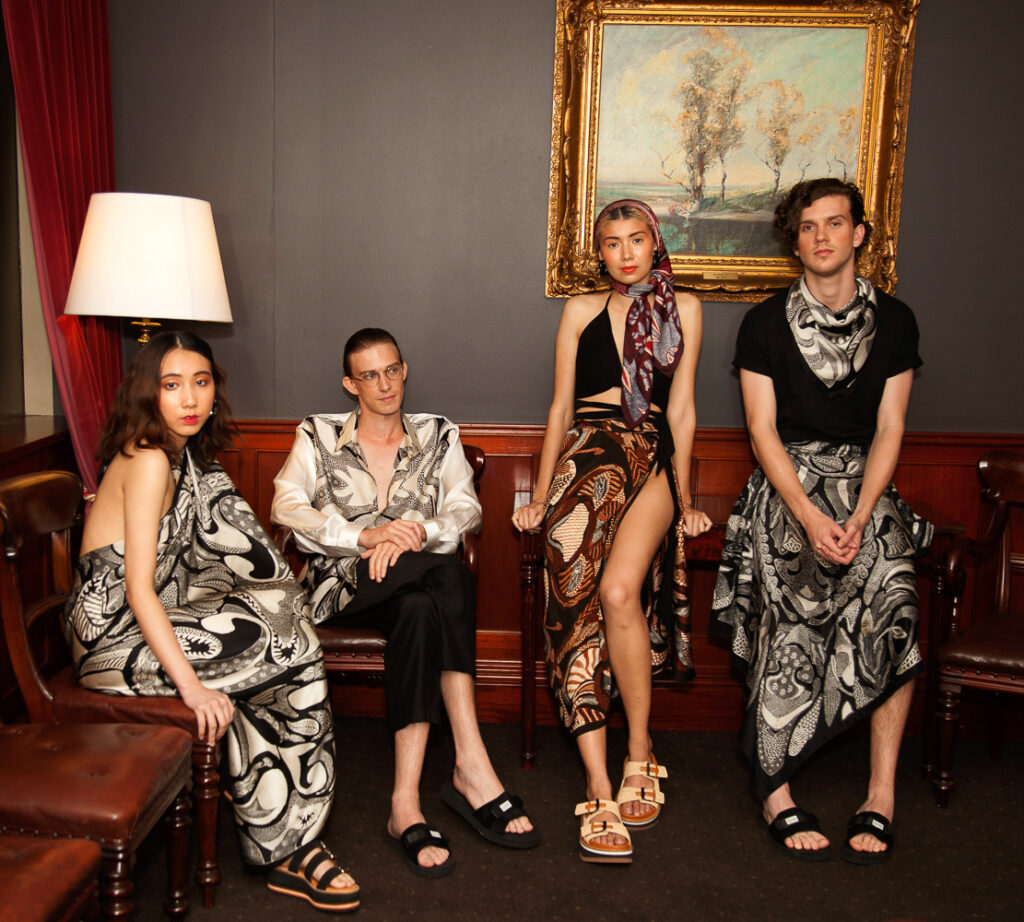
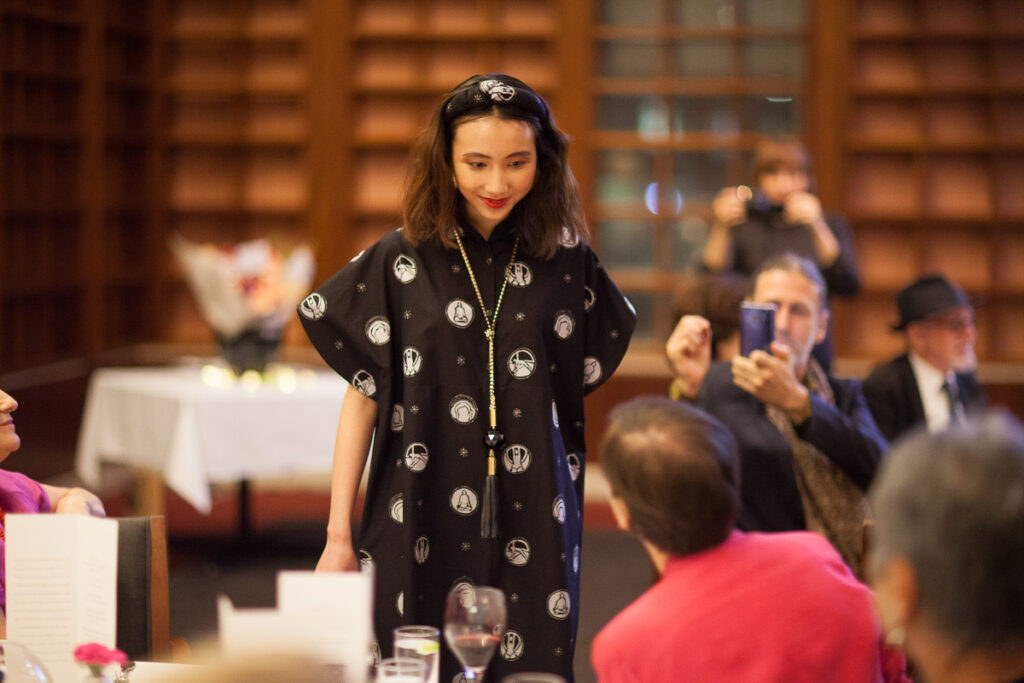
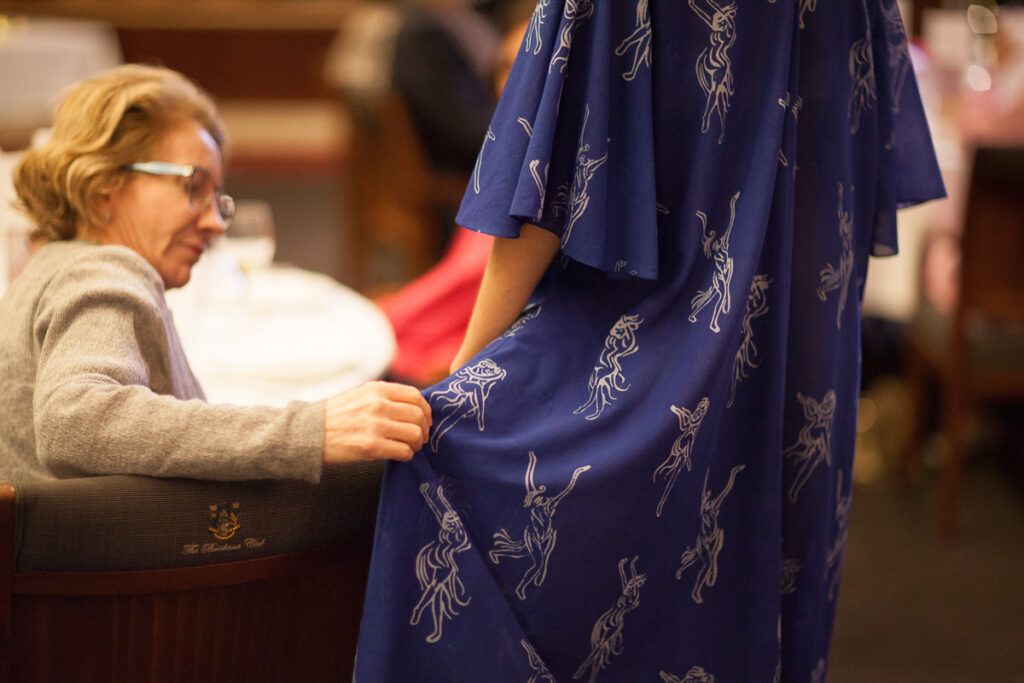
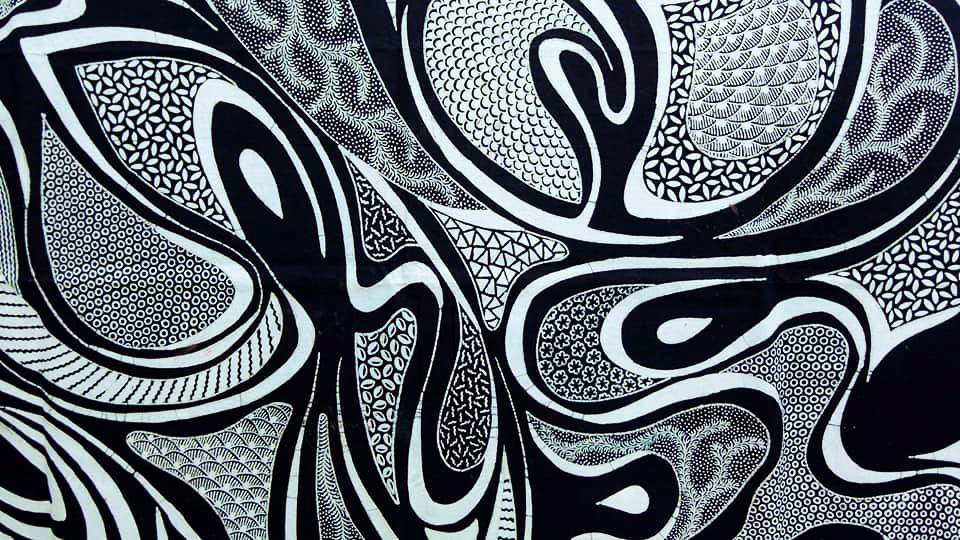
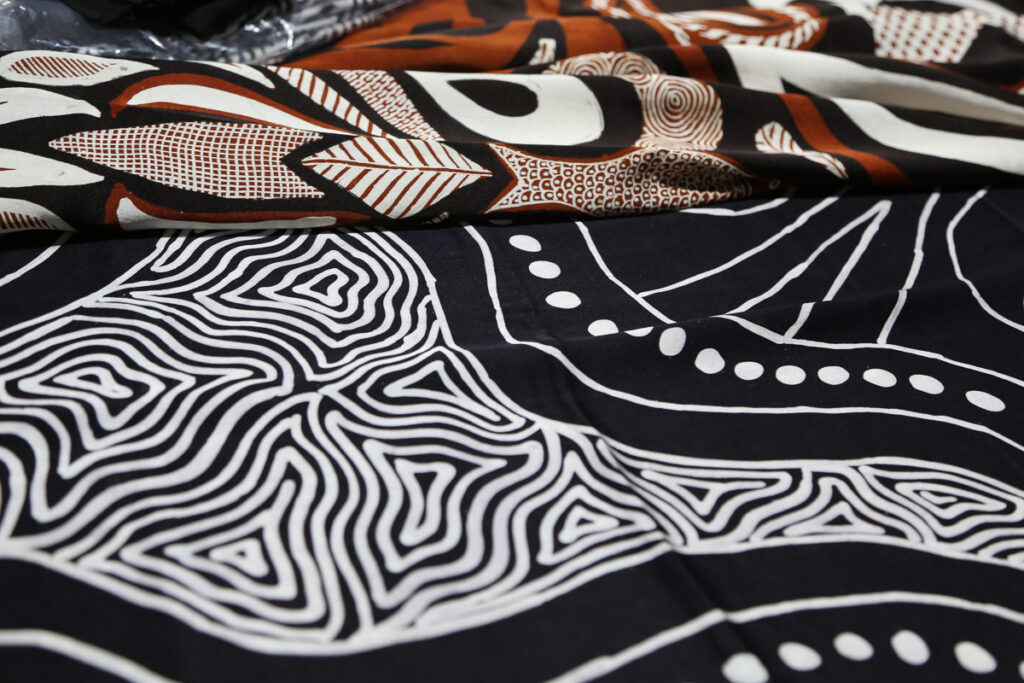
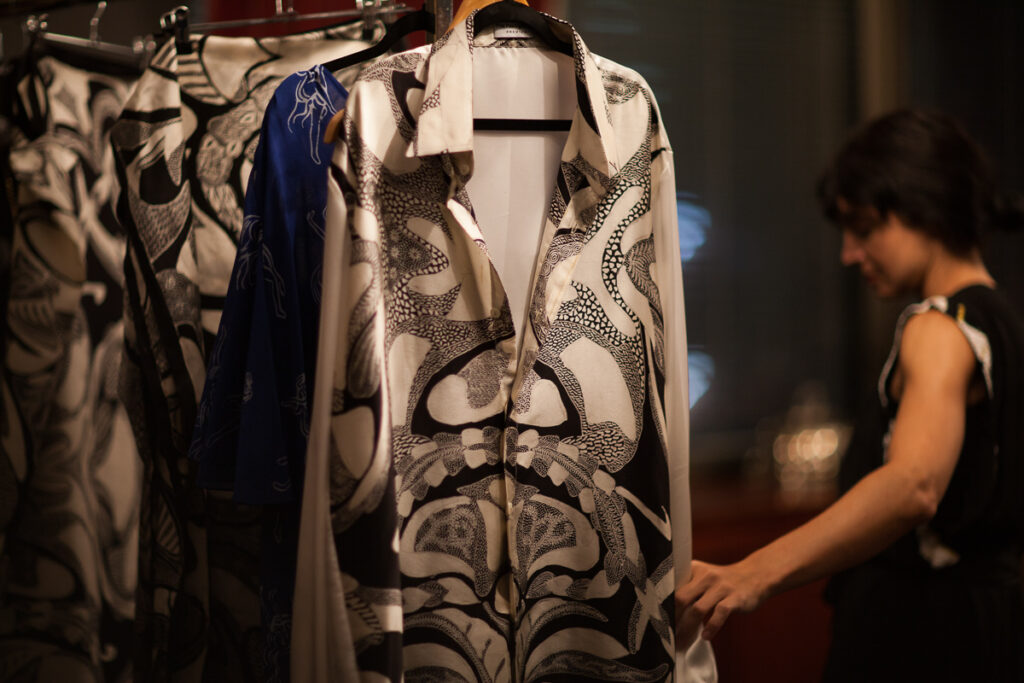
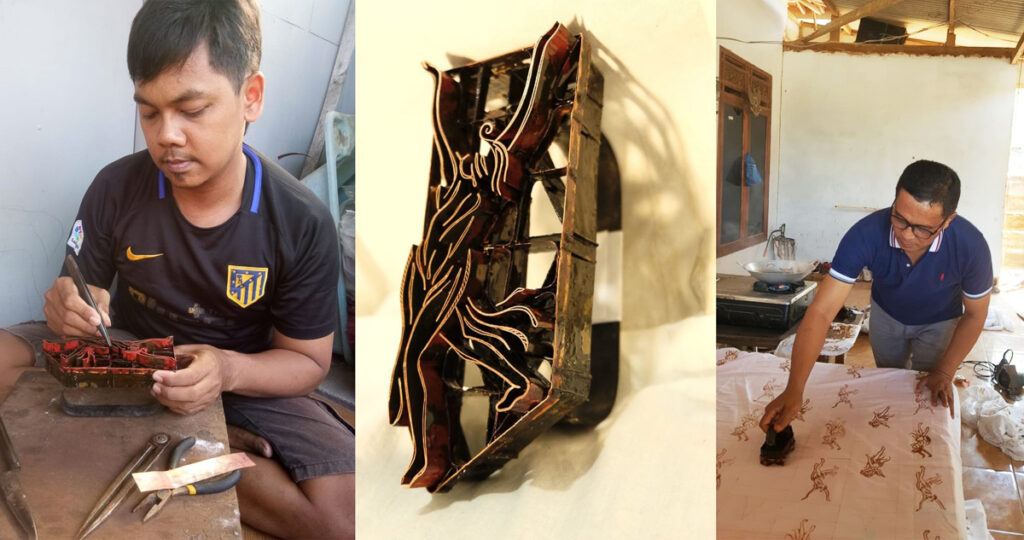
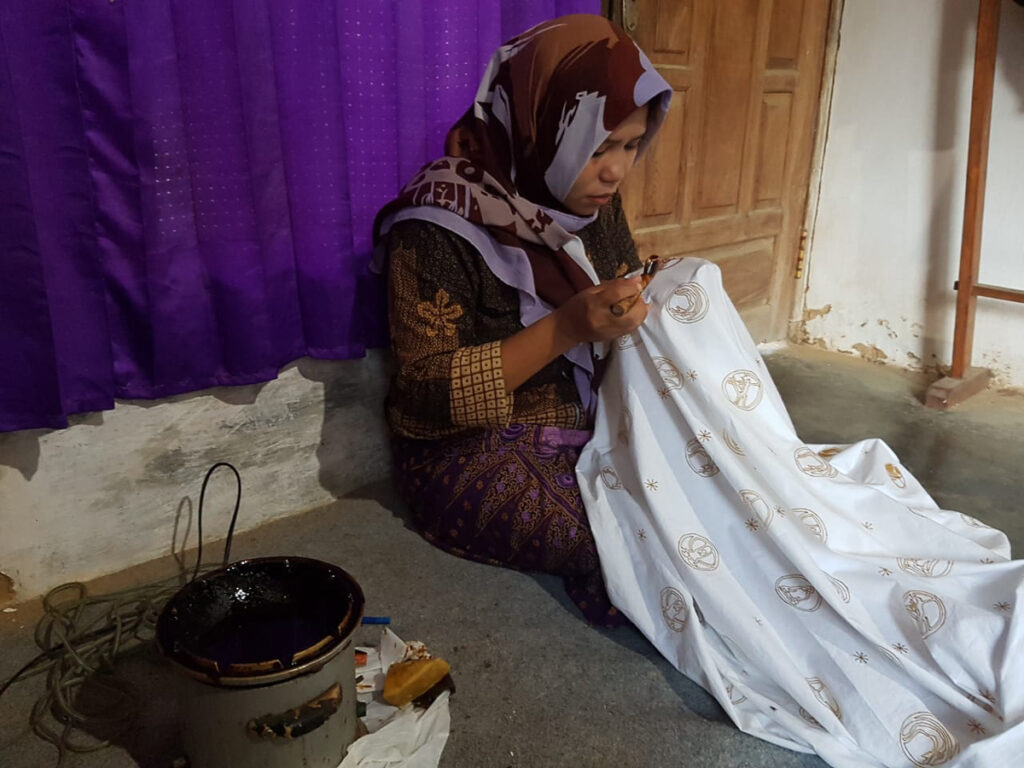

Comments
I love the way you write Carla!
Thank you for sharing your Indonesian batik journey Carla. It resonated with me. Liz